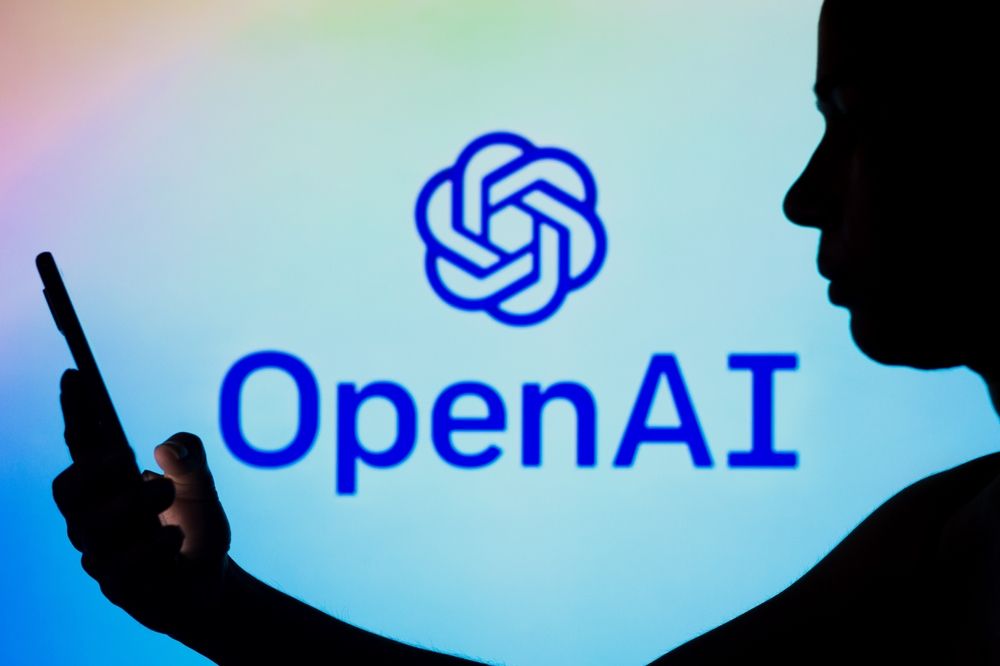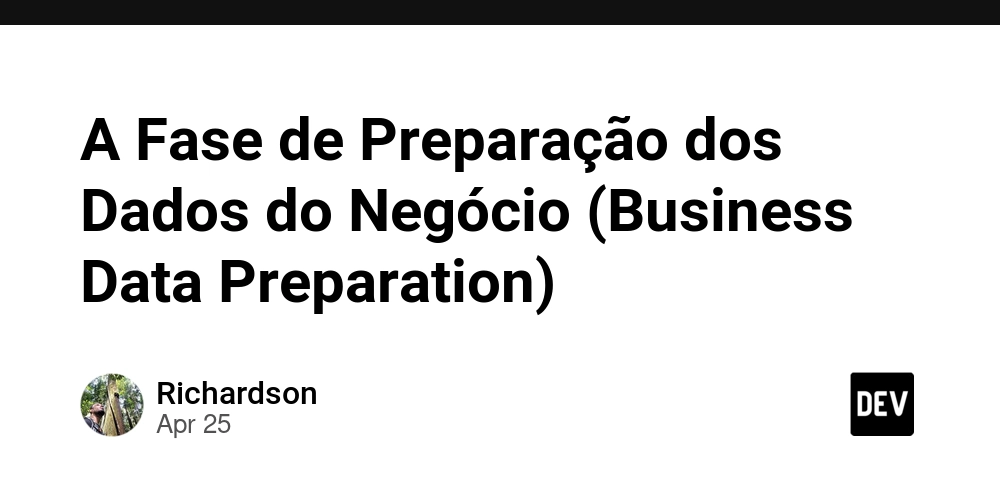Understanding Blockchain Forks: In-Depth Insight into Protocol Divergence
Abstract This post explores blockchain forks in detail, examining their mechanics, historical context, and their impact on cryptocurrency and decentralized systems. We break down core concepts such as hard forks and soft forks, present practical use cases, analyze challenges and limitations, and conclude with future trends and innovations. With tables, bullet lists, and embedded links to authoritative resources – including the original article – this post offers a comprehensive guide for both technical and non-technical readers looking to deepen their understanding of blockchain protocol divergence. Introduction Blockchain technology continues to revolutionize digital transactions, decentralized applications, and asset tokenization. One central concept in this evolving landscape is the “fork”—a divergence in the blockchain network caused by protocol updates or differing visions among stakeholders. Forks not only result in technical innovations, but also catalyze community debates, market volatility, and further experimentation in decentralized governance. In this post, we delve deep into the subject of blockchain forks, building on insights from the original article, and incorporate additional perspectives on historical evolution, technical nuances, and future outlook. Background and Context A blockchain is essentially a distributed ledger maintained by a network of nodes. Over time, the need to update or enhance a protocol may lead to a blockchain fork. When a fork occurs, a single chain splits into multiple paths with a shared history up to the divergence point. The two main categories of blockchain forks are hard forks and soft forks. Historically, the Bitcoin network has witnessed pivotal forks that reshaped its evolution. For example, in 2017, debates over scalability led to the creation of Bitcoin Cash, a hard fork that sought to increase block size to accommodate more transactions. Meanwhile, upgrades like Segregated Witness (SegWit) represented a soft fork, allowing continued compatibility with legacy nodes. Such events highlight that forks are not only a matter of code but also embody ideological differences and divergent visions within blockchain communities. Today, as blockchain platforms evolve for decentralized applications, forks play a central role in addressing challenges like scalability, security, and regulatory compliance. Core Concepts and Features Understanding blockchain forks begins with grasping the main differences between hard forks and soft forks. Hard Forks A hard fork is an upgrade that introduces changes incompatible with previous versions of the software. Nodes that have not upgraded are unable to validate new blocks, hence creating two separate chains post-fork. This non-backward-compatible upgrade means users and developers often have to choose which chain to support. Key Characteristics: Incompatibility: Requires all nodes to upgrade. Permanent Split: Can result in a new cryptocurrency. Ideological Representation: Often reflects core disagreements among a community. Soft Forks In contrast, a soft fork introduces changes that are backward compatible. In this scenario, even non-upgraded nodes can continue to participate, albeit with decreased efficiency or under new rules. Soft forks encourage gradual adoption across the network. Key Characteristics: Backward Compatibility: Allows older nodes to continue operation. Smoother Transition: Minimizes fragmentation. Consensus Driven: Often involves extensive negotiations to assure widespread support. Comparison Table: Hard Forks vs. Soft Forks Aspect Hard Fork Soft Fork Protocol Change Radical and non-backward compatible Incremental and backward compatible Node Requirement Mandatory upgrade for all nodes Older nodes can still validate transactions Community Impact May split community and launch new coins Ensures unity and gradual transition Example Bitcoin Cash creation from Bitcoin Bitcoin’s Segregated Witness (SegWit) upgrade Technical Mechanisms and Governance Blockchain forks raise questions about protocol governance and consensus mechanisms. Depending on the blockchain design, decision-making related to protocol changes can occur via two main models: On-Chain Governance: Platforms like Tezos integrate governance into the blockchain itself. Voting is conducted on-chain, and approved changes are implemented automatically, reducing the chances of contentious forks. Off-Chain Governance: Systems such as Bitcoin typically rely on off-chain discussions among developers, miners, and stakeholders. This decentralized discussion may lead to disputes that result in forks. Reasons for Forks (Bullet List) Several drivers motivate blockchain forks: Scalability Solutions: To manage increased transaction volumes or lower fees by modifying block sizes or transaction structures. Security Enhancements:
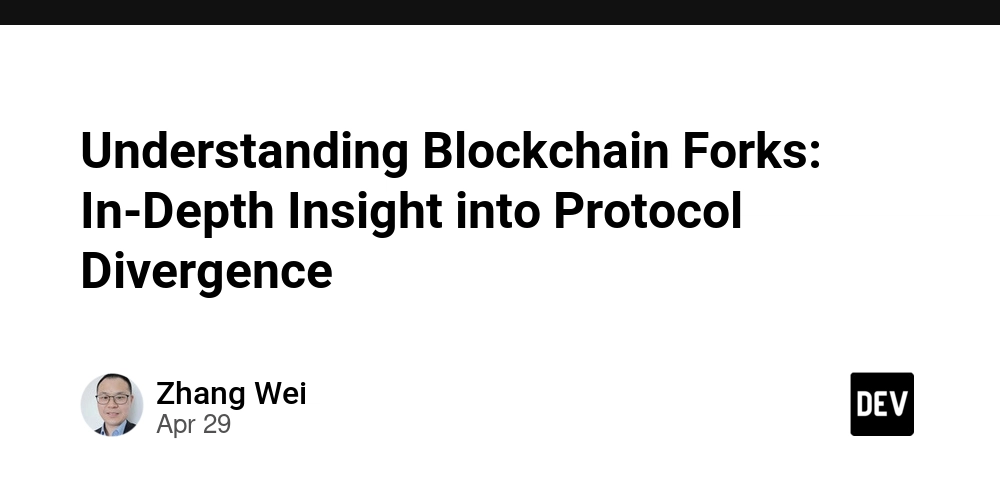
Abstract
This post explores blockchain forks in detail, examining their mechanics, historical context, and their impact on cryptocurrency and decentralized systems. We break down core concepts such as hard forks and soft forks, present practical use cases, analyze challenges and limitations, and conclude with future trends and innovations. With tables, bullet lists, and embedded links to authoritative resources – including the original article – this post offers a comprehensive guide for both technical and non-technical readers looking to deepen their understanding of blockchain protocol divergence.
Introduction
Blockchain technology continues to revolutionize digital transactions, decentralized applications, and asset tokenization. One central concept in this evolving landscape is the “fork”—a divergence in the blockchain network caused by protocol updates or differing visions among stakeholders. Forks not only result in technical innovations, but also catalyze community debates, market volatility, and further experimentation in decentralized governance. In this post, we delve deep into the subject of blockchain forks, building on insights from the original article, and incorporate additional perspectives on historical evolution, technical nuances, and future outlook.
Background and Context
A blockchain is essentially a distributed ledger maintained by a network of nodes. Over time, the need to update or enhance a protocol may lead to a blockchain fork. When a fork occurs, a single chain splits into multiple paths with a shared history up to the divergence point. The two main categories of blockchain forks are hard forks and soft forks.
Historically, the Bitcoin network has witnessed pivotal forks that reshaped its evolution. For example, in 2017, debates over scalability led to the creation of Bitcoin Cash, a hard fork that sought to increase block size to accommodate more transactions. Meanwhile, upgrades like Segregated Witness (SegWit) represented a soft fork, allowing continued compatibility with legacy nodes. Such events highlight that forks are not only a matter of code but also embody ideological differences and divergent visions within blockchain communities.
Today, as blockchain platforms evolve for decentralized applications, forks play a central role in addressing challenges like scalability, security, and regulatory compliance.
Core Concepts and Features
Understanding blockchain forks begins with grasping the main differences between hard forks and soft forks.
Hard Forks
A hard fork is an upgrade that introduces changes incompatible with previous versions of the software. Nodes that have not upgraded are unable to validate new blocks, hence creating two separate chains post-fork. This non-backward-compatible upgrade means users and developers often have to choose which chain to support.
Key Characteristics:
- Incompatibility: Requires all nodes to upgrade.
- Permanent Split: Can result in a new cryptocurrency.
- Ideological Representation: Often reflects core disagreements among a community.
Soft Forks
In contrast, a soft fork introduces changes that are backward compatible. In this scenario, even non-upgraded nodes can continue to participate, albeit with decreased efficiency or under new rules. Soft forks encourage gradual adoption across the network.
Key Characteristics:
- Backward Compatibility: Allows older nodes to continue operation.
- Smoother Transition: Minimizes fragmentation.
- Consensus Driven: Often involves extensive negotiations to assure widespread support.
Comparison Table: Hard Forks vs. Soft Forks
| Aspect | Hard Fork | Soft Fork |
|---|---|---|
| Protocol Change | Radical and non-backward compatible | Incremental and backward compatible |
| Node Requirement | Mandatory upgrade for all nodes | Older nodes can still validate transactions |
| Community Impact | May split community and launch new coins | Ensures unity and gradual transition |
| Example | Bitcoin Cash creation from Bitcoin | Bitcoin’s Segregated Witness (SegWit) upgrade |
Technical Mechanisms and Governance
Blockchain forks raise questions about protocol governance and consensus mechanisms. Depending on the blockchain design, decision-making related to protocol changes can occur via two main models:
- On-Chain Governance: Platforms like Tezos integrate governance into the blockchain itself. Voting is conducted on-chain, and approved changes are implemented automatically, reducing the chances of contentious forks.
- Off-Chain Governance: Systems such as Bitcoin typically rely on off-chain discussions among developers, miners, and stakeholders. This decentralized discussion may lead to disputes that result in forks.
Reasons for Forks (Bullet List)
Several drivers motivate blockchain forks:
- Scalability Solutions: To manage increased transaction volumes or lower fees by modifying block sizes or transaction structures.
- Security Enhancements: Implementing critical patches to address vulnerabilities.
- Ideological Differences: Divergent visions regarding network goals and technical directions.
- Regulatory Compliance: Adjustments needed in response to evolving legal frameworks.
Applications and Use Cases
Blockchain forks are not merely technical events; they have practical applications and real-world implications.
Cryptocurrency Evolution
The creation of Bitcoin Cash is one of the most cited examples of a hard fork. As a response to scalability issues within Bitcoin, it allowed a subset of the community to prioritize larger block sizes. This move provided users with lower transaction fees and faster processing times. Conversely, the introduction of SegWit in Bitcoin as a soft fork tackled the issue of transaction malleability while maintaining network cohesion.
Governance Models and Decentralized Finance (DeFi)
Forks influence how blockchain governance evolves. For instance, many modern decentralized autonomous organizations (DAOs) use governance tokens to vote on protocol updates. In the realm of DeFi, forks can lead to innovations such as improved layer-2 solutions and optimized transaction throughput. Projects like Arbitrum and those exploring multi-chain interoperability are examples of how forks propel evolution in the ecosystem by introducing enhanced consensus mechanisms and scalability solutions.
Real-World Case Studies
- Bitcoin & Bitcoin Cash: Hard forks that spotlight community division and technical evolution.
- Ethereum Upgrades: Although not always resulting in forks, Ethereum’s multiple updates, including the planned transition from Proof of Work (PoW) to Proof of Stake (PoS), highlight the inherent challenges and innovations that forks introduce.
- Layer-2 Technology Advances: The adoption of solutions like the Lightning Network for Bitcoin and various implementations on Ethereum represent a blending of forked innovations and protocol adjustments to improve scalability.
These examples underscore how forks stimulate both incremental upgrades and radical changes that can redefine a network’s purpose and user engagement. Additionally, they illustrate how forks weave into broader discussions of open-source governance and community-led innovation.
Challenges and Limitations
Despite their role in fostering innovation, forks are not without challenges:
Community Division
Forks can splinter communities. When developers and users disagree on protocol direction, the result may be two competing chains, each with its loyal support base. This fragmentation can dilute network effects and result in market confusion.
Market Speculation and Volatility
Anticipation around forks often leads to market speculation. Price fluctuations, uncertainty regarding coin viability, and short-term speculative trading are common. This volatility may deter long-term investment and cause reputational risks for a blockchain project.
Technical Complexity
Fork implementation requires significant coordination among developers, miners, and users. Sudden changes or poorly communicated forks can lead to network instability and interoperability issues. Testing, rollbacks, and ensuring a seamless upgrade path are critical technical hurdles.
Governance and Consensus Challenges
Deciding when and how to fork is fraught with challenges. Balancing technological innovation with community consensus requires transparent decision-making processes. Whether employing on-chain or off-chain governance, reaching the necessary consensus is often a protracted and disruptive process.
Future Outlook and Innovations
As blockchain technology matures, the approach to handling forks is also evolving:
Enhanced Governance Models
Future protocols may further integrate on-chain governance, reducing the need for disruptive forks. For instance, emerging DAOs and projects like Tezos show how structured voting mechanisms can streamline upgrades and reduce ideological splits.
Layer-2 and Beyond
Advanced scaling solutions, including layer-2 innovations, aim to alleviate performance bottlenecks. As these technologies mature, the necessity for frequent forks may diminish, resulting in fewer disruptive splits and a more stable network environment.
Interoperability and Cross-Chain Solutions
The future of blockchain may lie in interoperability. Projects such as Arbitrum’s multi-chain initiatives exemplify the push toward seamless integration between different blockchain ecosystems. As cross-chain solutions emerge, developers could see shared protocol updates that benefit multiple networks simultaneously without resorting to forks.
Integration with Emerging Technologies
Blockchain innovations are increasingly intersecting with AI, IoT, and decentralized finance. Enhanced security protocols, automated smart contract audits, and predictive analytics are already shaping how forks and protocol updates are handled. Moreover, as funding models evolve (see open source grants discussions on platforms like Dev.to), a more transparent and collaborative ecosystem could emerge.
Dev.to Insights and Community Reflections
Community-driven insights on platforms such as Dev.to have enriched the discussion surrounding forks and their implications. For example, the article “Navigating Trump’s NFT Collection and Open Source Platforms: A New Frontier in Digital Innovation” provides reflections on how community ideologies and digital asset innovations intersect. Similarly, “Discover the Arbitrum NFT Marketplace: A New Era in Open Source Innovation” highlights how forks spur broader innovations in decentralized finance and open-source licensing.
These developments point toward a future where forks are less about disruption and more about continuous, evolution-driven improvement.
Summary
Blockchain forks represent an essential mechanism for protocol evolution, capable of both unifying and dividing blockchain communities. From hard forks, which create entirely new networks, to soft forks that maintain continuity and backward compatibility, each approach has unique benefits and drawbacks. The decision to implement a fork is driven by diverse factors, including scalability challenges, security enhancements, and ideological differences.
Key takeaways include:
- Hard Forks: Often result in a complete chain divergence (e.g., Bitcoin Cash) and are driven by radical changes.
- Soft Forks: Enable smoother transitions by ensuring backward compatibility (e.g., Bitcoin’s SegWit upgrade).
- Challenges: Forks can cause market volatility, community division, and technical complexities.
- Future Trends: Enhanced on-chain governance, integration with layer-2 solutions, and increased interoperability signal a promising road ahead.
In conclusion, understanding blockchain forks is crucial for stakeholders—including developers, investors, and users—who wish to anticipate protocol changes and navigate an ever-evolving ecosystem. As the blockchain ecosystem continues to mature, innovative governance models and technological advances promise to make future forks smoother and more collaborative.
Additional Resources and References
For those interested in further exploration of blockchain technology and forks, consider visiting these authoritative resources:
- Learn more about what blockchain is at License Token’s overview.
- Dive deeper into technical details of forks on the Hardfork and Softfork pages.
- Explore the development of new blockchain and DeFi initiatives on platforms like Tezos and Ethereum DAO.
Furthermore, here are some Dev.to posts that shed light on related innovation:
- Navigating Trump’s NFT Collection and Open Source Platforms: A New Frontier in Digital Innovation
- Discover the Arbitrum NFT Marketplace: A New Era in Open Source Innovation
- Unleashing Freedom in Software Licensing
These resources provide additional context on how forks and open-source funding models are reshaping the decentralized landscape.
Conclusion
Blockchain forks are more than just technical updates; they embody the dynamic spirit of innovation and debate inherent to decentralized systems. Whether through the dramatic splits of hard forks or the incremental improvements driven by soft forks, these protocol changes continuously redefine the digital landscape. By understanding the underlying mechanisms, governance challenges, and future trends, stakeholders can better navigate the complexities of blockchain evolution and contribute to a resilient, adaptable ecosystem.
As technology advances and decentralized communities grow, the lessons learned from past forks will guide the next generation of protocol improvements—promoting collaboration, transparency, and sustainable innovation for years to come.
Embracing the continuous evolution of blockchain through forks is not only a means of addressing technical limitations but also a demonstration of the community’s resilience and capacity for creative problem-solving.

























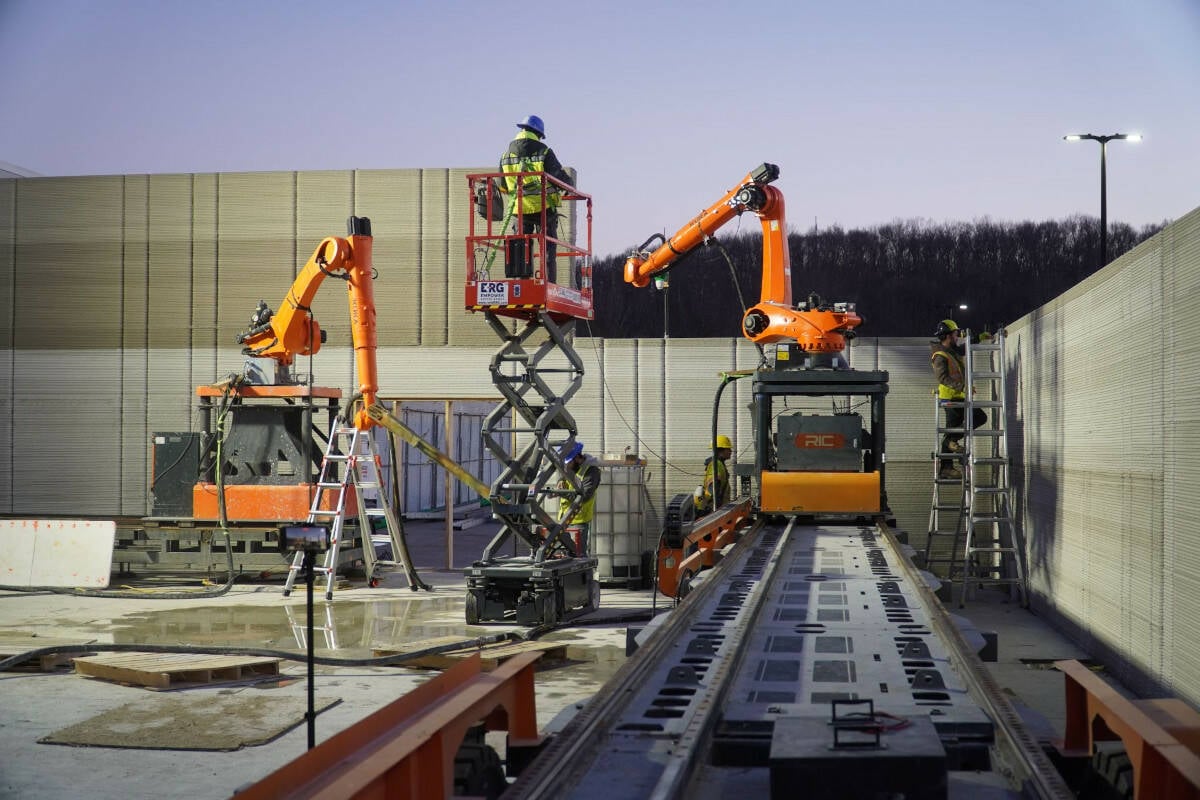






























































































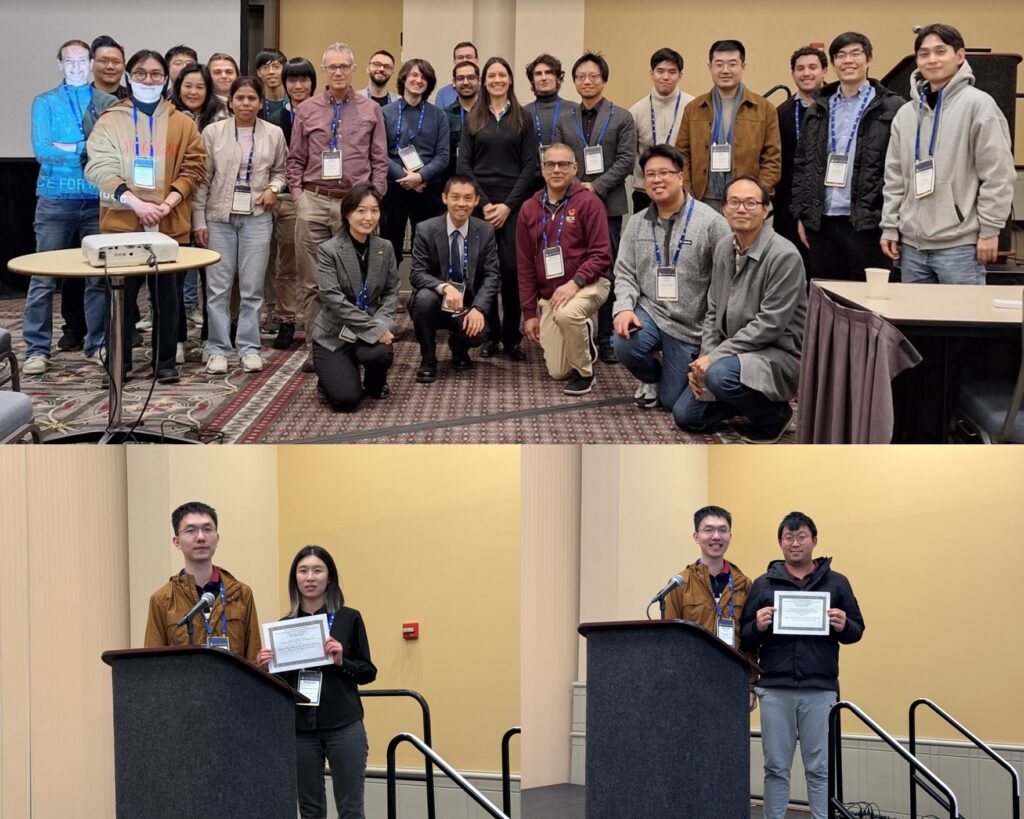









































![[The AI Show Episode 143]: ChatGPT Revenue Surge, New AGI Timelines, Amazon’s AI Agent, Claude for Education, Model Context Protocol & LLMs Pass the Turing Test](https://www.marketingaiinstitute.com/hubfs/ep%20143%20cover.png)














































































































![How to contribute to the Flutter engine [Windows]](https://media2.dev.to/dynamic/image/width=800%2Cheight=%2Cfit=scale-down%2Cgravity=auto%2Cformat=auto/https%3A%2F%2Fdev-to-uploads.s3.amazonaws.com%2Fuploads%2Farticles%2F6l3gn3x9ffod81mk92vm.png)

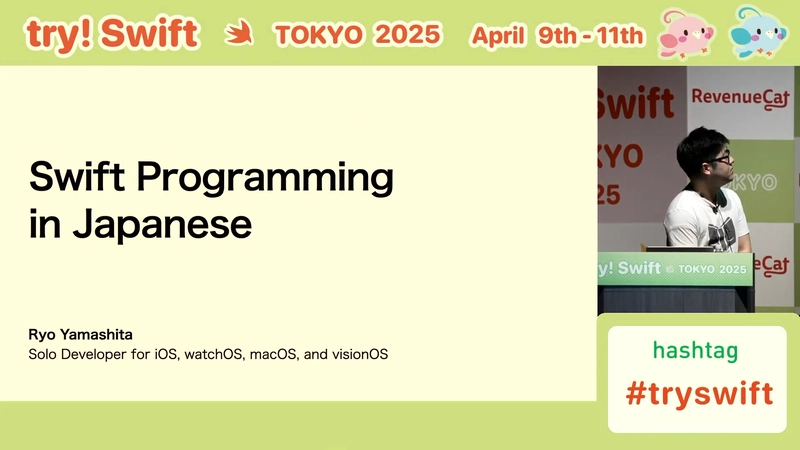

























































































































































_Muhammad_R._Fakhrurrozi_Alamy.jpg?width=1280&auto=webp&quality=80&disable=upscale#)
_NicoElNino_Alamy.jpg?width=1280&auto=webp&quality=80&disable=upscale#)













































































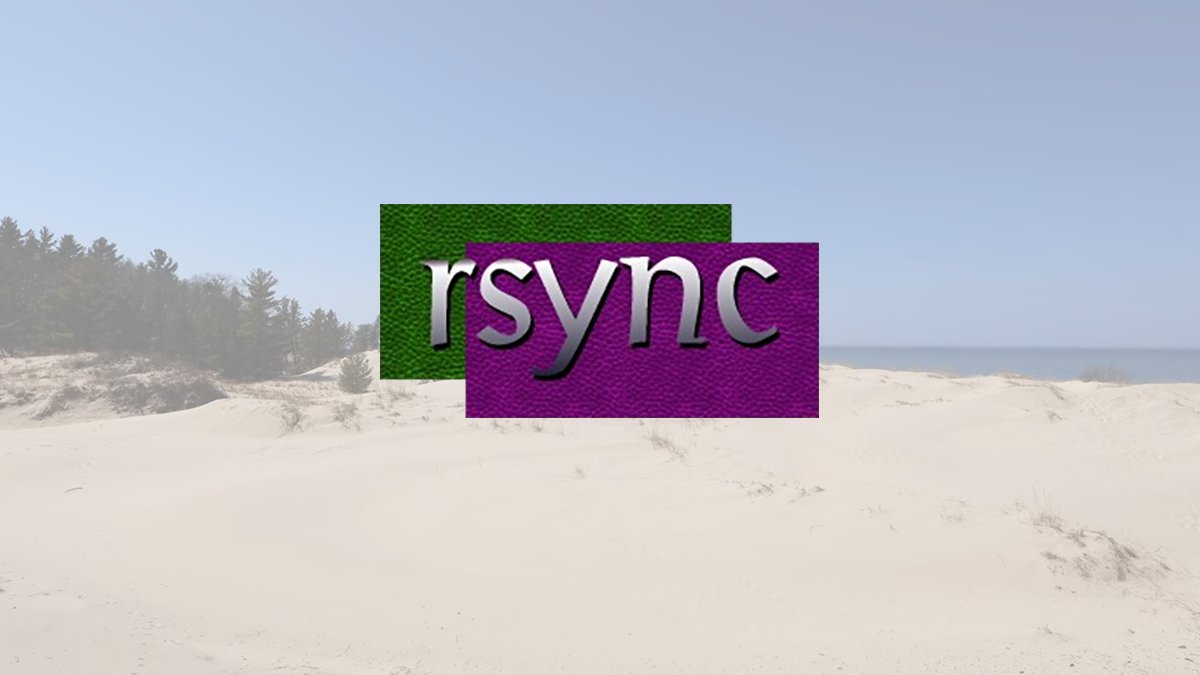









![macOS 15.5 beta 4 now available for download [U]](https://i0.wp.com/9to5mac.com/wp-content/uploads/sites/6/2025/04/macOS-Sequoia-15.5-b4.jpg?resize=1200%2C628&quality=82&strip=all&ssl=1)


















![AirPods Pro 2 With USB-C Back On Sale for Just $169! [Deal]](https://www.iclarified.com/images/news/96315/96315/96315-640.jpg)
![Apple Releases iOS 18.5 Beta 4 and iPadOS 18.5 Beta 4 [Download]](https://www.iclarified.com/images/news/97145/97145/97145-640.jpg)
![Apple Seeds watchOS 11.5 Beta 4 to Developers [Download]](https://www.iclarified.com/images/news/97147/97147/97147-640.jpg)
![Apple Seeds visionOS 2.5 Beta 4 to Developers [Download]](https://www.iclarified.com/images/news/97150/97150/97150-640.jpg)



















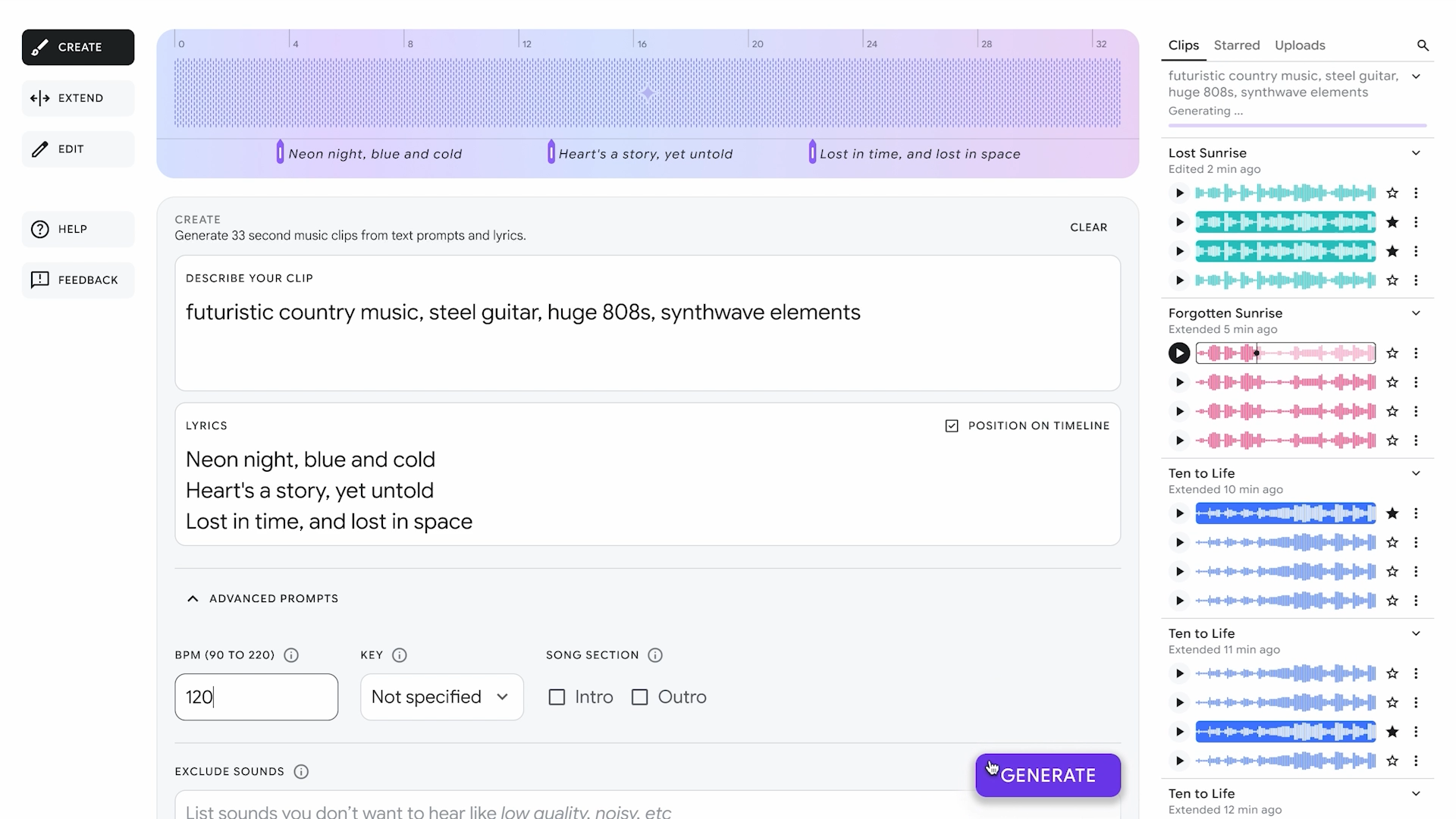




















![Apple Seeds Fourth Beta of iOS 18.5 to Developers [Update: Public Beta Available]](https://images.macrumors.com/t/uSxxRefnKz3z3MK1y_CnFxSg8Ak=/2500x/article-new/2025/04/iOS-18.5-Feature-Real-Mock.jpg)
![Apple Seeds Fourth Beta of macOS Sequoia 15.5 [Update: Public Beta Available]](https://images.macrumors.com/t/ne62qbjm_V5f4GG9UND3WyOAxE8=/2500x/article-new/2024/08/macOS-Sequoia-Night-Feature.jpg)






















